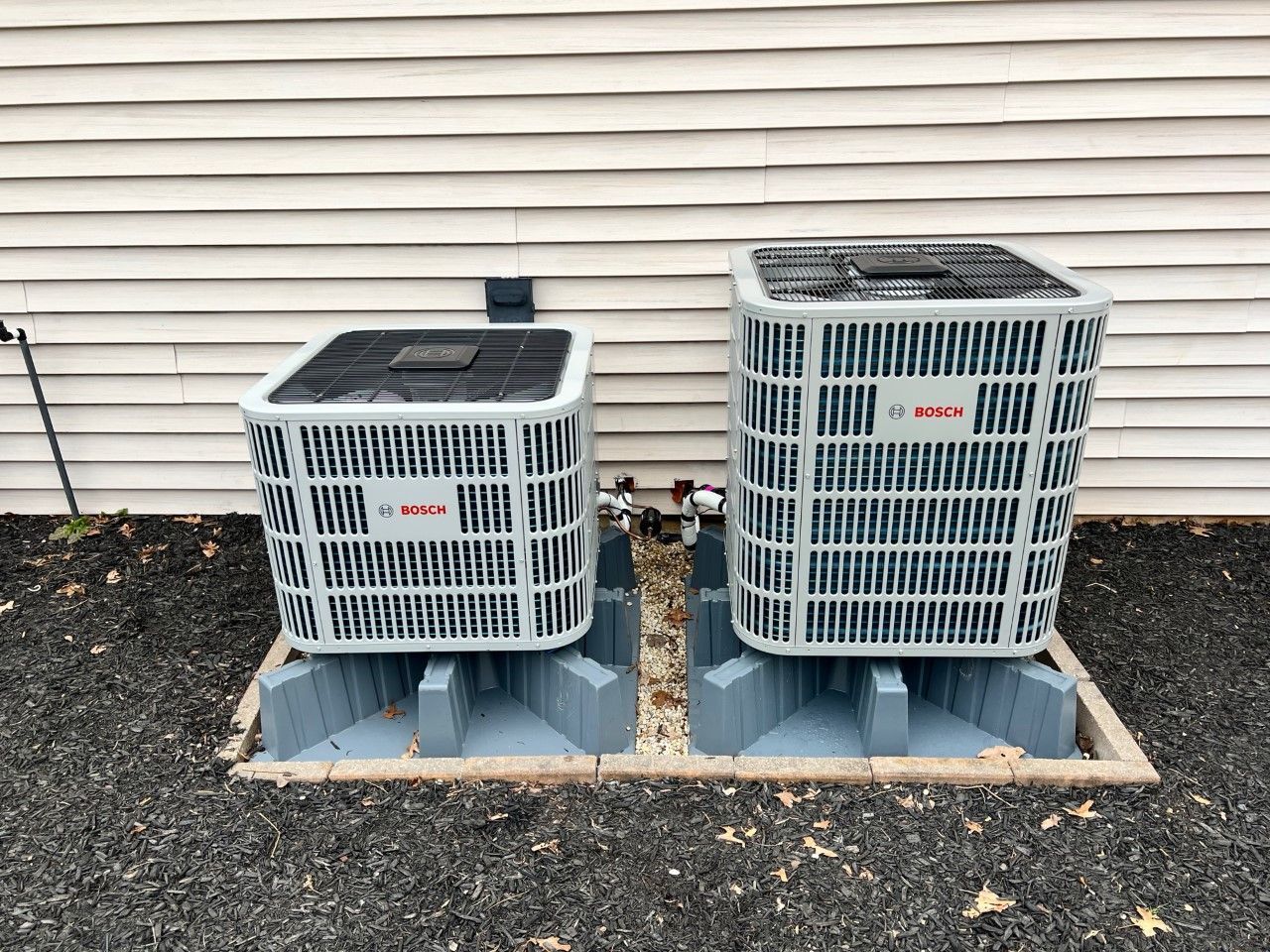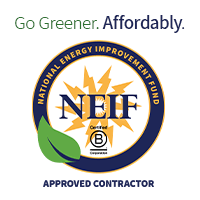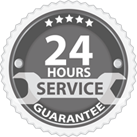BLOGS
Get Your HVAC System Summer-Ready: What Homeowners Should Know

As temperatures rise and summer approaches, your HVAC system becomes one of the most important components of your home. A well-maintained HVAC system keeps your space cool and comfortable while helping you save on energy bills and avoid costly repairs. Before the heat kicks in full-force, here are some essential things to consider to ensure your system is ready to handle the summer workload.
1. Schedule a Professional Tune-Up
Just like your car needs regular servicing, your HVAC system performs best with annual maintenance. A licensed technician can:
- Check refrigerant levels
- Clean coils and condensate drains
- Inspect ductwork for leaks
- Test thermostat calibration
- Lubricate moving parts
Preventive maintenance can catch small issues before they become major breakdowns in the middle of a heatwave.
2. Replace or Clean Air Filters
Dirty filters restrict airflow, forcing your system to work harder and use more energy. As a rule of thumb:
- Replace filters every 1–3 months, depending on your system and whether you have pets or allergies.
- Consider upgrading to a HEPA or MERV-rated filter for better air quality.
3. Check Your Thermostat Settings
Now is a good time to review your thermostat programming. Switching from winter to summer settings can ensure efficient cooling. If you’re still using a manual thermostat, upgrading to a smart thermostat can optimize energy use by adjusting temperatures when you're away.
4. Inspect the Outdoor Unit
Your system’s condenser unit should be free of debris like leaves, branches, or grass clippings. Make sure:
- There’s at least two feet of clearance around the unit.
- The fins are clean and straight (you can use a fin comb or soft brush).
- No pests or nests have taken residence nearby.
Keeping the outdoor unit clear promotes better airflow and efficiency.
5. Seal Leaky Ducts and Insulate
Leaky ductwork can waste up to 30% of cooled air before it ever reaches your living space. Sealing and insulating ducts—especially those in attics or crawl spaces—can:
- Improve cooling performance
- Reduce energy consumption
- Increase overall comfort
Consider having a professional perform a duct leakage test if you suspect airflow problems.
6. Evaluate Your Home’s Insulation and Windows
Even a top-notch HVAC system can struggle in a poorly insulated home. Add or improve insulation in key areas like the attic, and check for gaps around doors and windows. Installing thermal curtains or window film can also help block heat from the sun.
7. Know When It’s Time to Upgrade
If your HVAC system is more than 10–15 years old, it might be worth evaluating whether a replacement would be more efficient in the long run. Newer systems often offer:
- Higher SEER ratings (Seasonal Energy Efficiency Ratio)
- Quieter operation
- Smart technology integration
An energy-efficient upgrade can significantly reduce your monthly cooling bills and increase home value.
Don’t wait for the first 90-degree day to find out your HVAC system isn’t ready. With a few simple steps and timely professional help, you can ensure a cool, comfortable, and stress-free summer. Think of HVAC maintenance as an investment—not just in your home, but in your health and comfort all season long.
Leave a Reply
Your email address will not be published. Required fields are marked *
Comment
Search
Recent Post
Recent Comments
Mary Baskerville on The Hidden Rewards of Regular HVAC Maintenance and Service Contracts
Reginald Kaiser on Harnessing Earth’s Energy: The Wonders of Geothermal Heating and Air Conditioning
Categories
AC
Air Quality
Air source heat pump
Boiler
condenser
Furnace
Geothermal
Heating
HVAC
indoor comfort
Installation of AC
Insulation
Maintenance
Technology
Uncategorized
Recent Post


